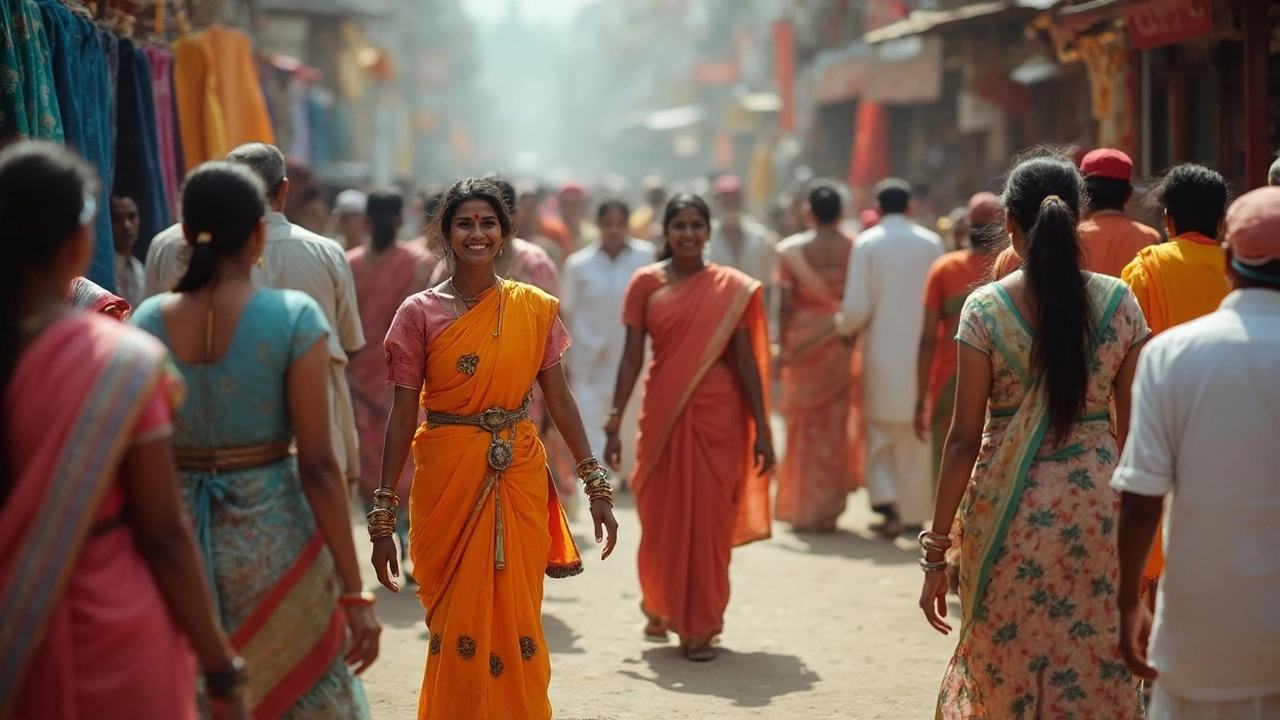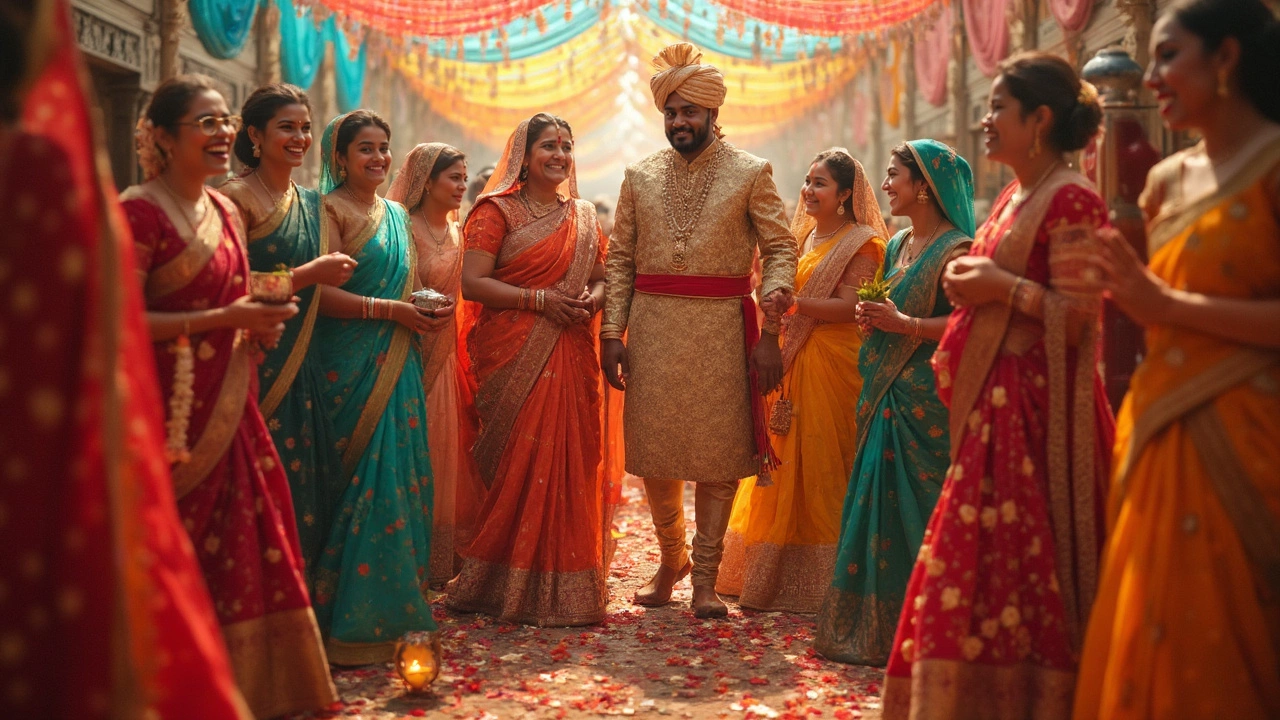Kurta: A Simple Guide to India’s Classic Outfit
If you’ve ever wondered what a kurta looks like or why it’s everywhere in Indian wardrobes, you’re in the right place. A kurta is a loose‑fit shirt that falls somewhere between a T‑shirt and a tunic. It’s comfortable, works for any weather, and can be dressed up or down in a snap.
Different Kurta Styles You’ll Love
First off, not all kurtas are the same. Traditional men’s kurtas often have a straight cut, a few length options (knee‑length or longer), and simple button fronts. Women’s kurtas can be more fitted at the waist, feature side slits, or have decorative embroidery along the hem.
Here are the most common types:
- Plain Kurta: Clean fabric, minimal detailing. Great for everyday wear or office settings.
- Embroidered Kurta: Thread work, mirror work, or printed patterns. Perfect for festivals and weddings.
- Angrakha Kurta: Overlapping panels tied with strings; adds a regal vibe.
- Bandhgala (Nehru) Kurta: Collared, buttoned up front, often paired with churidar or tailored pants.
- Kurti: Shorter version, usually ending at hip or mid‑thigh, popular among younger crowds.
Fabric matters too. Cotton and linen keep you cool in summer, while silk or brocade add shine for special occasions. Some brands blend fabrics for a balance of comfort and style.
How to Choose and Style Your Kurta
Picking the right kurta starts with the occasion. For a casual day out, lean toward a cotton plain kurta and pair it with jeans or simple churidar. Going to a wedding? Choose silk, add a subtle border, and wear it with a matching pajama or churidar.
Fit is key. Men should aim for a relaxed shoulder and a length that lets you move freely. Women often like a slightly tailored waist to highlight the shape, but the overall silhouette stays loose.
Accessorizing is easy. Men can add a watch, a simple chain, or a pocket square. Women can layer a dupatta, wear statement earrings, or toss on a belt to cinch the waist.
When you shop online, check the size chart, read reviews about the fabric feel, and look for clear photos showing the kurta from different angles. If you’re buying in a store, feel the material and try moving around to see if it restricts you.
Care tips: Cotton kurtas can be machine‑washed on a gentle cycle, but silk needs hand‑washing or dry cleaning. Iron on a low setting while the fabric is slightly damp to keep the look crisp.
Modern twists are popping up everywhere. Designers now blend western cuts—think cropped kurtas or ones with asymmetrical hems—so you can mix a kurta with jeans, sneakers, or even a blazer for a fresh, urban vibe.
Bottom line: a kurta is versatile, comfortable, and steeped in Indian culture. Whether you choose a plain cotton piece for daily wear or a richly embroidered silk version for a celebration, you’ll always look effortlessly stylish.
Ready to add a kurta to your wardrobe? Start by deciding on the fabric, color, and style that fits your lifestyle, then experiment with different pairings. You’ll quickly see why this humble shirt has been a staple for centuries—and why it’s still a go‑to look today.

